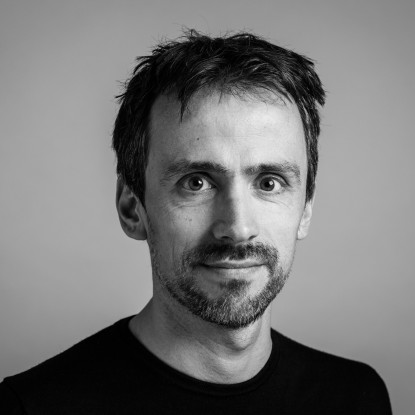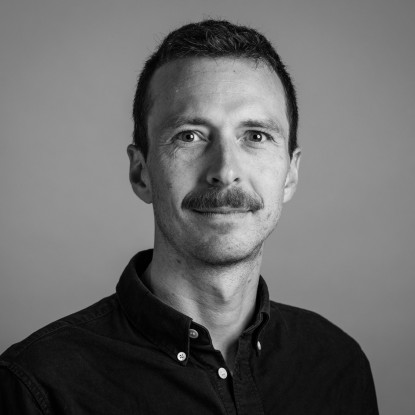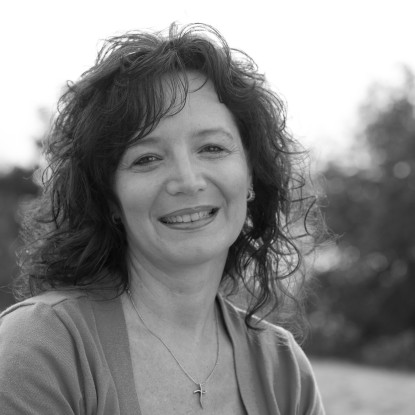In an increasingly fast-paced and noisy world, people long for tranquillity, retreat and unwinding. The unspoilt landscapes of Brandenburg provide the catalyst for this longing for silence and contemplation. In the midst of the Mark Brandenburg heathland, on a disused, remote, former military airfield, about 50km south of Berlin, a refuge is to be designed as a modern retreat. Nature has reclaimed its terrain after 30 years of the fall of the Wall. In this quiet seclusion, the refuge is to be conceived as a monastery-like hermitage of the 21st century. In addition to individual accommodation for the contemporary hermit. In addition to individual accommodation for the contemporary hermit, various communal, regeneration and contemplation rooms such as a library, tea house and places of meditation are to be arranged. Special attention is paid to the inclusion and staging of nature so that the architecture leads to a unique experience of the place.
Based on the design approaches, the concrete design of a meditative place is to be shown using a model that is true to the material. In particular, surfaces, the joining of materials, spatial mood and lighting play a role here.
Based on a toilet block, the essential elements of constructive design are taught within three exercise units, in conjunction with a coordinated series of lectures.Basic design, technical and constructive knowledge is taught. The learning of primary, constructive and architectural elements such as foundation, supporting structure, roof, openings and staircase leads to a first content-related approach to the concerns of building construction and design. The aim is to familiarise oneself with the drawing utensils around the pencil as well as to develop the basic knowledge of technical drawing, line management and typeface. The respective contents and representations are to be combined and presented in an attractive, orderly layout. In the final block week, an own design for a new toilet block is to be developed constructively and conceptually on the basis of the previous exercises and lectures.
Even thousands of years ago, people deliberately withdrew from their everyday lives and from society. Sometimes for a limited period of time, sometimes for life. Besides living in a monastery within a community of like-minded people, retreat as an individual is the most radical form. These hermits withdrew into secluded natural spaces in the so-called hermitage. Such forms of life can be found in all cultural and religious circles, e.g. among the Desert Fathers, Forest Brothers or the Order of the Carthusians.We want to pursue the architecture of retreat and contemplation in its various forms of content and design and thereby analyse their significance.
























